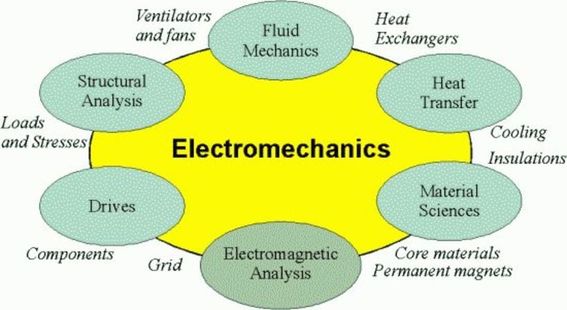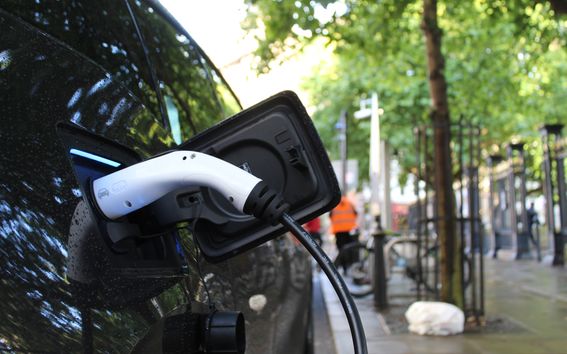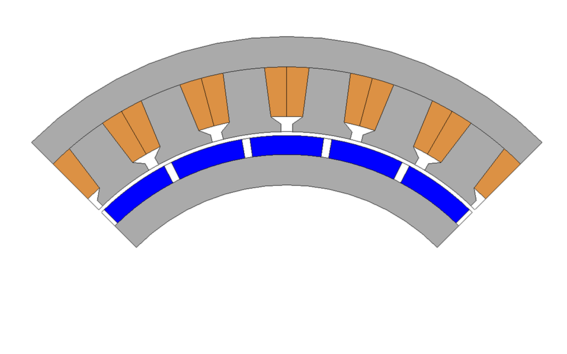Why High-Speed Machines?
High efficiency and power density combined
The world is being electrified at unparalleled pace, from transportation to industrial processes and complete energy systems. As a result, there is an incomparable need for energy, material and cost-efficient electrical machines, drives and powertrains. The Research Council of Finland's Centre of Excellence in High-Speed Electromechanical Energy Conversion Systems (HiECSs) brings together the key Finnish academic experts on the electrical machines, drives, mechanical transmission and related system analysis, with the aim to elevate the modeling and analysis capabilities and methodologies eventually leading to the emergence of highly sustainable solutions and products necessary for a cleaner future. Our approach is to capitalize on the high-frequency solutions currently not fully explored. The consortium leader and members are internationally recognized with proven track records and excellent networks providing the perfect framework for the renewal of science and technology.
The research project is being carried out collaboratively with the following partners:
We welcome any potential collaborators for this project. If you're interested, please feel free to contact us.

HiECSs will establish the necessary theories and tools for renewing the understanding of high-speed electromechanical drivetrains: high-speed electrical machines in various scientific disciplines:

Electric vehicles (EV) have emerged as a promising solution to reduce emissions and counter climate change. These vehicles rely on electric machines as the main component that propel efficiently and sustainably. The research progress in electrical machine technology has led to enhanced efficiency, lightweight drive-unit, and extended driving range. As research and development on high-speed electrical machines progresses, the adoption of this technology continues to grow, contributing to more affordable transportation, lower emissions, and a greener future for the automotive industry.
Read more:

The emergence of more electric aircraft (MEA) represents a paradigm shift in aviation, contributing to a greener and eco-friendly aviation industry. Research progress on electrical machines have led to feasible and reliable Fully Electric Regional Aircrafts. Continuous research and development on high-speed electrical machines contribute to improvements in power-to-weight ratios and energy storage, paving the path for MEA technology and bringing us closer to net zero carbon by 2050.
Read more:

The use of high-speed electrical machines is revolutionizing multiple industries, offering a wide array of benefits. This technology allows for a high power density, reaching approximately 40 kW/kg in the automotive industry. At high rotational speeds, multiple challenges arise, with thermal issues being a major obstacle due to the significant generated heat. The ongoing advancements in high-speed electrical machines research will make this technology inevitable for creating compact and more cost-effective next-generation machines.
Read more:

High efficiency and power density combined